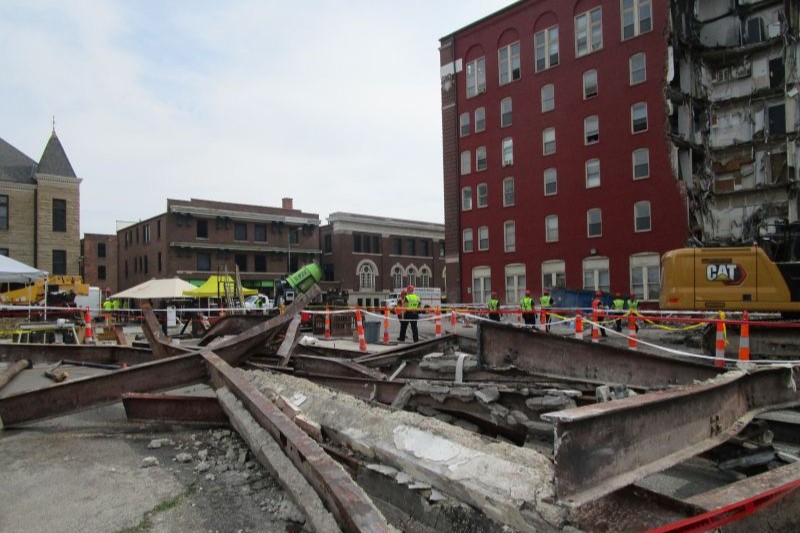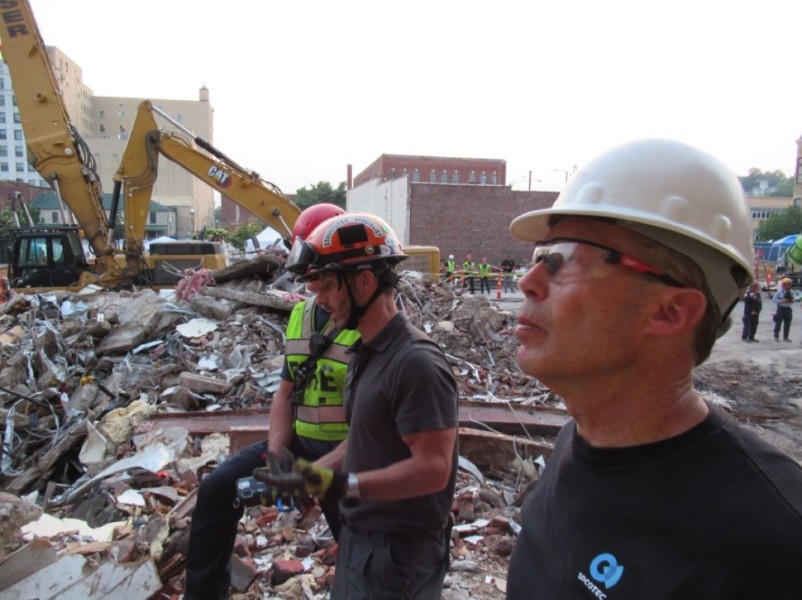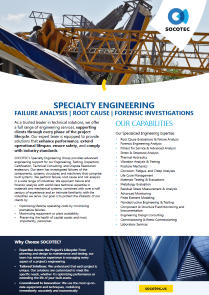Author

On May 28, 2023, at approximately 5:00 PM, a catastrophic partial collapse occurred at The Davenport, a historic six-story apartment building in downtown Davenport, Iowa. The collapse of the west façade claimed three lives, injured several others, and left dozens homeless. SOCOTEC's comprehensive forensic investigation, led by Principal & Regional Director William Bast and Principal Engineer Rupert Price, revealed a complex web of structural deficiencies, inadequate repair practices, and systemic failures that culminated in this preventable tragedy.
The Davenport was originally constructed in 1907 as a hotel and converted to apartments in 1985. The six-story structure featured steel floor framing with interior steel columns and load-bearing brick masonry walls on the west façade. Over its 116-year history, the building underwent numerous modifications, with the collapsed portion comprising approximately 56 feet in width and extending 22 feet into the building interior.
The brick masonry wall varied in thickness throughout the building's height:
The investigation revealed a progressive failure pattern that began with ongoing repair activities in the days immediately preceding the collapse. Between May 26-28, 2023, contractors were actively removing deteriorated brick from multiple wythes of the load-bearing west wall while attempting repairs. The structural analysis demonstrated that the removal of outer brick wythes created eccentric loading conditions, introducing dangerous bending moments into a wall system that was never designed to accommodate such stresses.






SOCOTEC's investigation team implemented rigorous evidentiary protocols while conducting on-site forensic investigation and root cause analysis, historical document review, and structural engineering assessments to determine the collapse's root causes.
This tragic incident underscores several critical principles for structural engineers, building owners, and construction professionals:
The Davenport collapse serves as a sobering reminder that structural integrity cannot be compromised. At SOCOTEC, we are committed to leveraging our expertise in Testing, Inspection, Certification, and Consulting to help prevent similar tragedies. Through comprehensive risk management and asset integrity services, we work with clients across the construction and infrastructure sectors to ensure that safety remains paramount in every project.
As the industry continues to grapple with aging infrastructure and complex renovation challenges, the lessons learned from Davenport must inform our approach to structural assessment, repair methodology, and construction oversight. Only through rigorous professional standards and comprehensive analysis can we safeguard lives and prevent catastrophic failures.

Contact our experts who are committed to ensuring the integrity of your critical building and infrastructure assets.




Get the latest updates about SOCOTEC, subscribe to our newsletter!